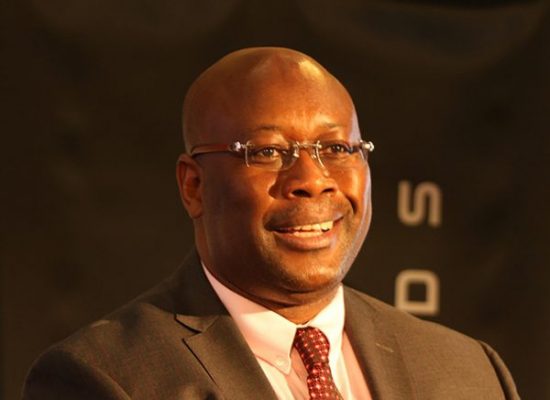Gold mining companies have asked Government to facilitate access to loans needed to increase production and ensure the country achieves its targeted 100-tonne output by 2030.
The metal is Zimbabwe’s second-biggest export earner after platinum.
Both gold and platinum generate more than half the country’s exports.
Mines and Mining Development Minister Winston Chitando told the Chamber of Mines of Zimbabwe (CoMZ) annual general meeting (AGM) in Victoria Falls on Friday that Government will be working on modalities for the requisite funds.
“. . . the Government’s strategy is to increase gold production to 100 tonnes by 2030. In pursuit of this, there has been an intervention to ensure that gold producers can access good loans,” he said.
“This is an issue which has been suggested, with a recommendation presented through the chamber, that to enable and facilitate attainment of the 100-tonnes target there is need to ensure gold players can access gold loans.”
An agreement on a strategy document to be drafted urgently detailing how Government will interface with the miner in facilitating gold financing options has since been reached.
A number of projects are currently underway in the sector.
Shamva Mines was officially launched last year, while Eureka, which closed in 2000, will resume operations in July.
Caledonia has invested US$60 million in deepening its shaft.
“Government is also working with investors so that we also capacitate small-scale gold mining companies through introduction of gold service centres and command mining structures,” added Minister Chitando.
Government’s triple-pronged mining strategy includes attracting new investment, increasing production at operating mines and reopening closed or dormant mines.
Sectoral targets for the mining industry are part of targeted milestones in the National Development Strategy (NDS1), which lays building blocks for Vision 2030, by which time Zimbabwe should be an upper middle-income country.
Platinum
According to Minister Chitando, there is a slew of greenfield projects for platinum group metals (PGMs) at various stages of development
The sector is presently dominated by three players — Mimosa, Unki and Zimplats.
“All three producers are in expansion mode while we will have new production from GDI (Great Dyke Investments) and Karo Resources, which will result in platinum contributing US$3,5 billion (by 2023),” he said.
PGM players have since agreed to engage a specialist to assist in the setting up of a platinum metals refinery to drive beneficiation. On its part, Government has asked producers to make a formal request to Government on the key enablers they require to build the PGMs refinery.
Overall, gold, ferrochrome and carbon steel production were expected to generate over US$1,5 billion by 2023.
A number of expansion projects, said Minister Chitando, were underway in the ferrochrome processing sector, including by ZimAlloys, which has since completed refurbishing its furnaces.
Expansion of ferrochrome is also underway at Zimasco and Jinan.
Chinese investors have completed a 150 000-tonne coke over battery at Dinson Colliery in Hwange.
Construction of a second battery with the same capacity has also begun.
Further, a multimillion-dollar carbon steel plant is in the pipeline.
Diamond
There has also been progress in the diamond sector, where Russian firm Alrosa is set to begin operations, while China’s Anjin will resume and increase production.
Zimbabwe Consolidated Diamond Company (ZCDC) is ramping up production, while at RioZim’s Murowa has invested US$450 million on expanding capacity.
This year’s CoMZ AGM was held under the theme “Navigating Turbulent Times and Sustaining Mining Industry Growth Amidst Covid-19”.
The meeting explored strategies to drive production, which dropped across most minerals in the first quarter of 2021.
President Mnangagwa was part of the high-profile delegates who graced the event.
Also present were Vice President Constantino Chiwenga, Finance and Economic Development Minister Professor Mthuli Ncube, as well as the Defence and War Veterans Affairs Minister Oppah Muchinguri-Kashiri.
.png)




